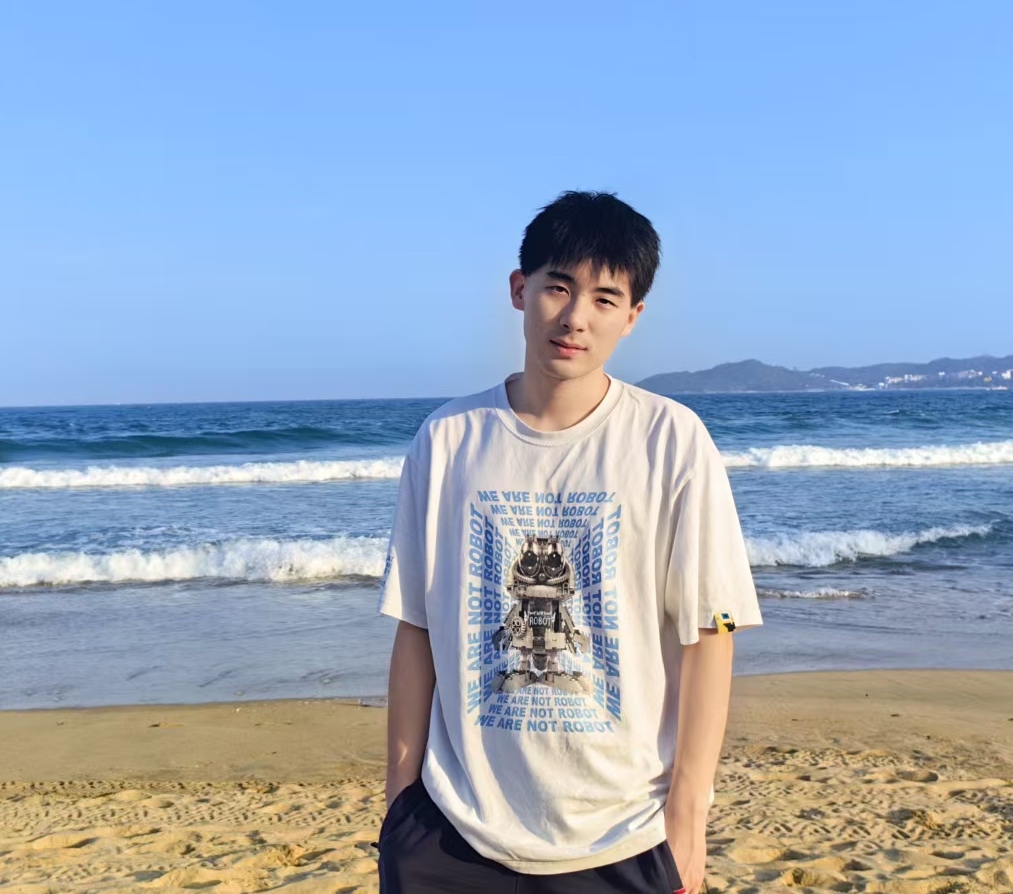|
I am a fifth year Ph.D student in the Department of Automation at Tsinghua University, advised by Prof. Jiwen Lu . In 2021, I obtained my B.Eng. in the Department of Automation, Tsinghua University. I work on computer vision and robotics. My current research focuses on: Email / CV / Google Scholar / Github / LinkedIn |

|
|
|
Data-efficient Mobile ManipulationIn this project, we study the challenging mobile manipulation task, which requires an accurate and proper combination of navigation and manipulation. Since whole-body mobile manipulation data is limited, we define this task as a subsequent stage of navigation. However, existing navigation methods end at a very coarse location which is usually 3-5m away from the manipulation area, which is far from the <5mm accuracy required by maniulation polices. Therefore, we propose: (1) optimization-based framework for docking point selection, serving as an intermediate stage of navigation and fixed-base manipulation and (2) 3D policy and 3D data generation to train generalized policy with minimal data, which enables robust manipulation under any viewpoint, object location and appearance. Our works are summarized as: |
3D Representation for Visual NavigationIn this project, we study how to design a proper representation and how to exploit the representation for general visual navigation. Previous methods mainly focus on BEV map or topological graph, which lacks 3D information to reason fine-grained spatial relationship and detailed color / texture. Therefore, we leverage 3D representation for better modeling of the observed 3D environment. We propose: (1) 3D scene graph as a structural representation for explicit LLM reasoning and unification of different kinds of tasks and (2) 3D gaussians as a renderable representation for accurate image-goal navigation. Our works are summarized as: |
Efficient and Online 3D Scene PerceptionIn this project, we study how to make 3D scene perception methods applicable for embodied scenarios such as robotic planning and interaction. Although various research have been conducted on 3D scene perception, it is still very challenging to (1) process large-scale 3D scenes with both high fine granularity and fast speed and (2) perceive the 3D scenes in an online and real-time manner that directly consumes streaming RGB-D video as input. We solve these problems in below works: |
Foundation Model Compression and DeploymentDeploying power deep neural networks especially large foundation models (GPT-4/Gemini) on robots is usually prohibited due to the strict limits of computational resources. To address this, we propose: (1) fundamental network compression techniques that reduce model complexity without performance degradation; (2) automatic model compression framework that selects the optimal compression policy within hardware resource constraint and (3) hardware-friendly compilation engine to achieve actual speedup and memory savings for robot-based computation platforms. Our system is summarized as: |
|
|